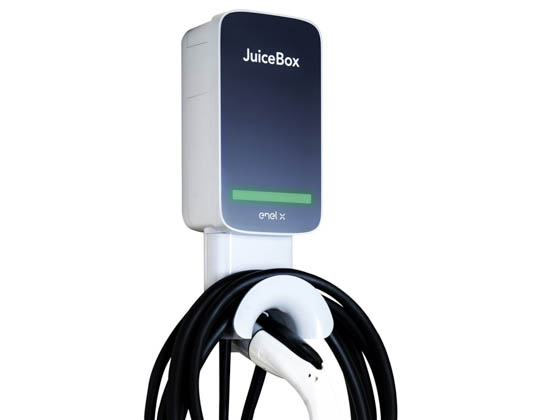Continuous charging at over 32 Amps may not be good for modern lithium car batteries, which are the most expensive component of electric vehicles, and degrade prematurely with heat stress.
Level 4 DC fast charging stations in summer ambient may be the worst way to heat stress lithium vehicle batteries.
Modern EVs have sophisticated thermal management systems to monitor and control battery temperatures. The same heating and AC system used to maintain cabin temperature is redirected to the battery as required. Level 2 charging at 48A will not result in any meaningful battery degradation.
When using a DCFC, it’s not uncommon to see peak charging currents of 400A. If the car cannot maintain a safe battery temperature, it throttles back the current.
It is true that DCFC will cause faster battery degradation, but in most cases, the car will be worn out before the battery capacity becomes a significant issue.


